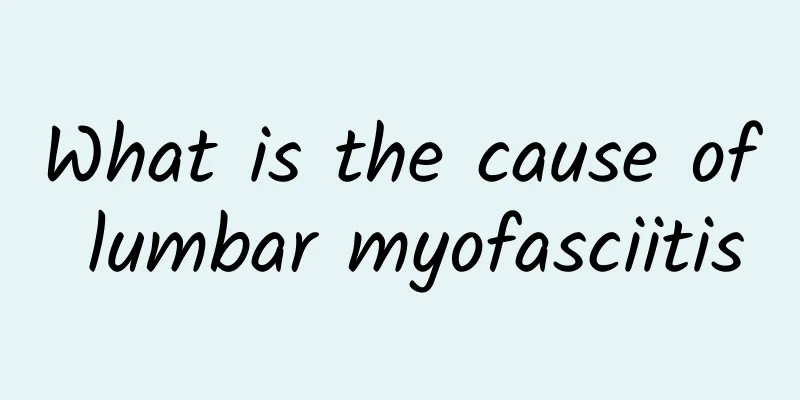How to treat meniscus injury

|
Meniscus injury is not a strange topic, especially for those who love sports. The meniscus is like a "shock absorber" in the knee, helping us maintain stability and balance when we move. If you find that your knee hurts when you walk, or you can't fully straighten your knee, this may be a sign of meniscus injury. So, how to treat meniscus injury? Treatment for a meniscus injury depends on the severity of the injury. For mild injuries, conservative treatment is usually recommended. The key at this stage is rest and ice. Rest is to give the knee time to repair itself, and ice can help reduce swelling and pain. You can try ice several times a day for 15 to 20 minutes each time. In the meantime, using an elastic bandage for moderate compression and elevating the injured leg to reduce swelling are also good options. If conservative treatments don't work, or the injury is more severe, physical therapy may be necessary. A physical therapist will design a series of rehabilitation exercises based on your specific situation to help restore the flexibility and strength of your knee. These exercises usually include some simple stretching and muscle strengthening exercises, and gradually increase the amount of exercise to ensure that your knee can return to its optimal condition. Sometimes, a meniscus injury may require surgical intervention. Minimally invasive surgery is one of the most common treatments. Through arthroscopic techniques, doctors can directly repair or remove the damaged part of the meniscus. The recovery period after surgery usually takes several weeks to several months. During this period, you need to strictly follow the advice of your doctor and physical therapist to ensure that the knee can fully recover. It's also important to stay positive during the treatment process. A knee injury can be frustrating, especially if it affects daily activities and sports. However, understanding your physical condition and actively cooperating with the treatment plan can usually help you recover faster. Remember, any treatment plan should be carried out under the guidance of a professional doctor, and never make your own decisions to avoid causing more serious injuries. There are many ways to treat meniscus injuries, from simple rest to complex surgery. The key is to choose the right treatment according to your own situation. Through scientific treatment and active rehabilitation, I believe you will be able to have a healthy knee again. |
<<: Kumquat is the fastest folk remedy for cough
Recommend
What causes gallstones in women?
The formation of gallstones in women is mostly du...
Is a breast cyst cancerous?
Enlarged breast cysts do not necessarily mean tha...
Is lumbar femoral head necrosis serious?
Lumbar femoral head necrosis is a serious bone di...
The most important measure to prevent gallstone recurrence
The most important measure to prevent the recurre...
Is hip necrosis the same as femoral head necrosis?
Hip necrosis and femoral head necrosis are not ex...
Gallstones symptoms and treatment
Gallstones are a common digestive disease that pr...
What kind of body is prone to nodules and cysts?
The constitution that is prone to nodules and cys...
Steps of thread therapy for perianal abscess
Perianal abscesses require drainage through surge...
What to do if the perianal abscess is swollen
When perianal abscess is severely swollen, you ne...
What calcium tablets are effective for synovitis
Patients with synovitis should choose easily abso...
What is the cause of backache, abdominal pain and bloody stool?
Backache, abdominal pain, and bloody stools may b...
Is congenital cervical spinal stenosis serious?
Congenital cervical spinal stenosis is a relative...
Where does ankylosing spondylitis cause pain? 6 painful places with ankylosing spondylitis
Ankylosing spondylitis is a chronic inflammatory ...
The difference between high and low perianal abscess
The difference between high perianal abscess and ...
Cervical lymphadenopathy
Cervical lymph node tuberculosis, this may sound ...









